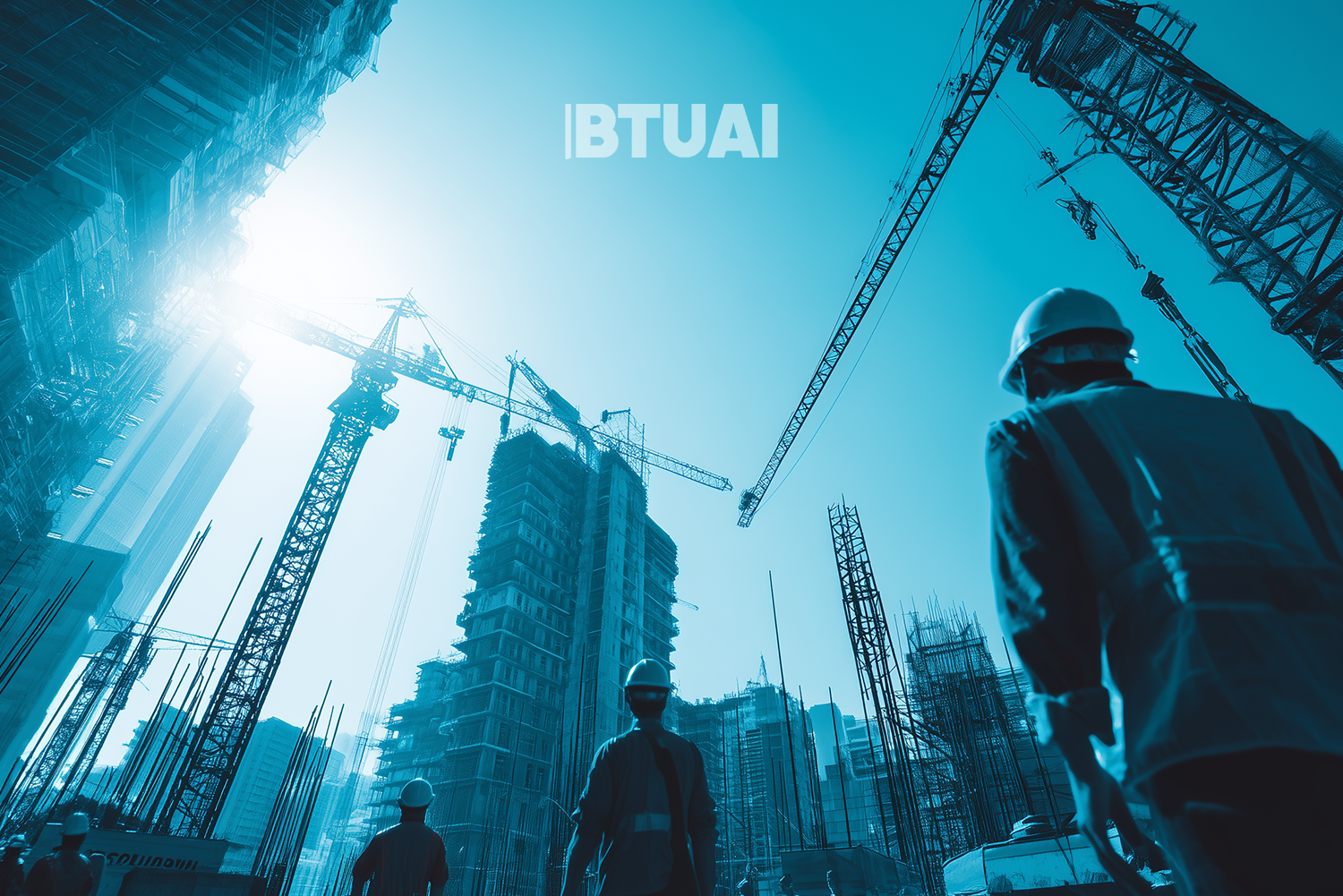Tbilisi’s New Construction Wave: Where Were the Most Permits Issued in 2025?
June 2025 data reveals a clear shift in Tbilisi’s urban development momentum: during a single month, the city issued

June 2025 data reveals a clear shift in Tbilisi’s urban development momentum: during a single month, the city issued 697 construction permits, marking a 17% increase compared to the same period last year. This uptick highlights not only the vitality of the real estate market, but also reaffirms the construction sector’s role as a core engine of Tbilisi’s economy.
In 2024, a total of 1,282 permits were issued citywide. Given the current pace, 2025 is on track to surpass that figure, signaling expanding infrastructure potential and a new wave of development in both the business and residential sectors.
Where Is Construction Booming?
Breakdown of permits by district reveals key growth hotspots:
- Isani – 23% of total permits
Now one of the fastest-growing areas in Tbilisi, driven by a boom in residential complexes and the rise of new business centers. - Didi Dighomi – 18%
The area’s geographic scale, population growth, and improving transport links make it a magnet for new development. - Saburtalo – 16%
A district experiencing balanced growth in both residential and commercial construction, maintaining its status as a central urban node. - Gldani – 14%
Traditionally known for high-rise residential blocks, it’s now entering a new wave of vertical expansion. - Krtsanisi – 11%
This district has seen a marked increase in high-end residential and luxury projects, transforming it into a premium development zone. - Didube – 7%
Once a logistics and industrial area, Didube is evolving into a hybrid urban zone, with growing interest in new housing developments. - Other districts – 9% combined
This reflects the geographic diversification of development, as peripheral areas begin attracting more attention and investment.
Implications and Challenges
This wide distribution of permits confirms that urban growth in Tbilisi is no longer concentrated around the city center. Instead, it is spreading evenly across the capital, laying the groundwork for a multi-nodal city structure. While this unlocks significant economic and investment opportunities, it also raises important questions:
- How will transportation infrastructure keep pace?
- Can ecological and environmental balance be maintained?
- What steps are being taken to ensure social cohesion and livability in newly developed zones?
A Strategic Urban Transition
The growth in construction permits in 2025 signals that Tbilisi is entering a new urban era—marked by rapid development, shifting demand, and multi-directional expansion. In this context, each district’s role becomes increasingly strategic, shaping the city’s future not only in architectural terms but also in economic, social, and environmental dimensions.
As Tbilisi continues to expand, the challenge will be to balance progress with sustainability, ensuring that this construction boom becomes a long-term foundation for a more resilient and inclusive urban future.




